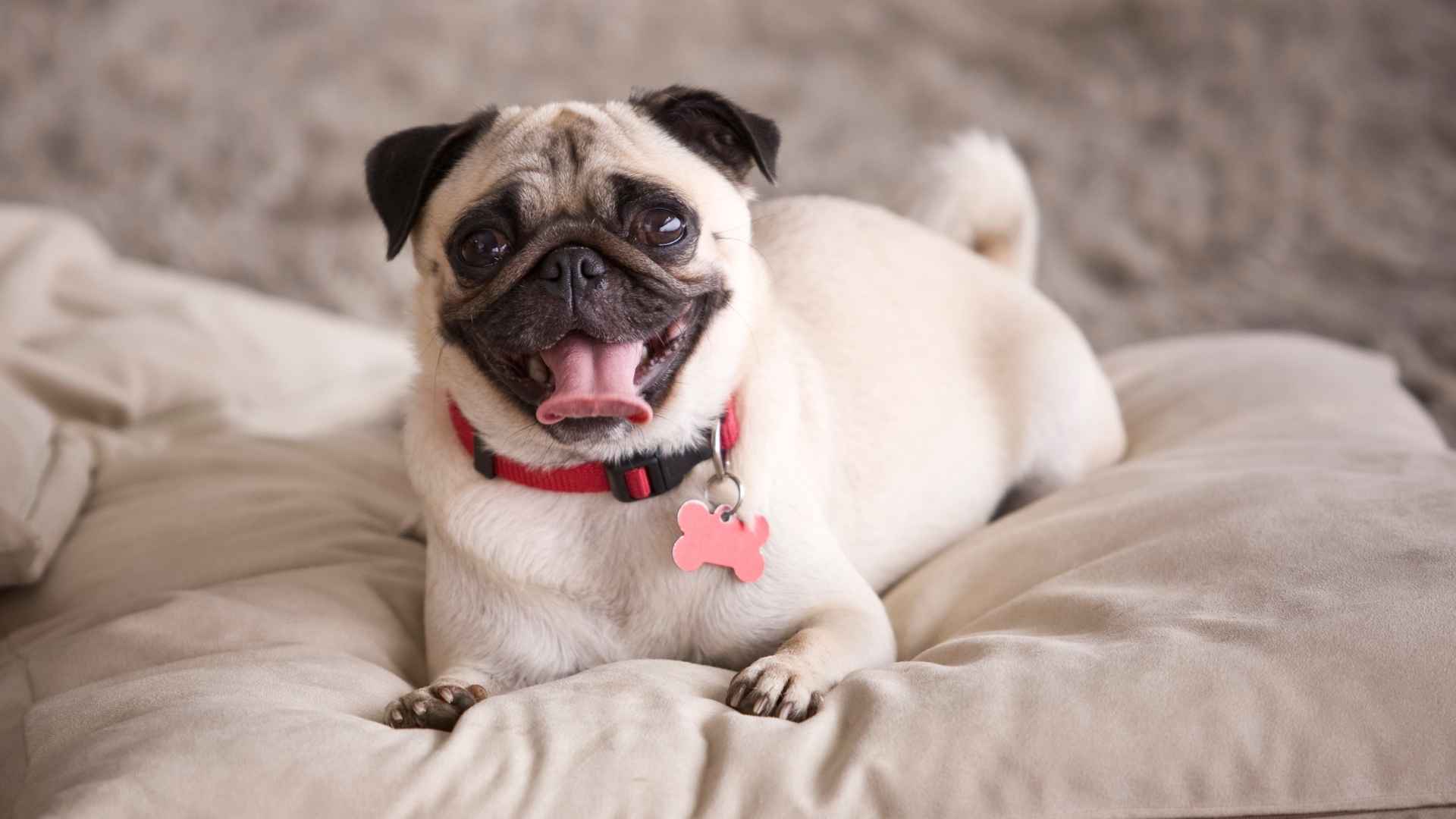Big personality, tiny frame, and easy grooming? That’s the winning trio that makes short-haired small dog breeds such a popular choice for families, singles, and seniors alike. Whether you’re living in a city apartment or just love a low-maintenance pup, these compact companions bring plenty of charm without the daily battle against tangles and shedding. With less fur to manage, you get more time for what really matters—playtime, cuddles, and bonding.
From bold and spirited to sweet and snuggly, short-haired small dogs come in a wide range of temperaments, all wrapped up in pint-sized packages. Their coats may be simple, but their personalities are anything but. Many are fiercely loyal, endlessly entertaining, and deeply affectionate, making them ideal for a variety of lifestyles.
Quick Perks of Short-Haired Small Breeds:
Minimal grooming needs
Great for smaller living spaces
Full of energy and personality
Ready to meet the most adorable options out there? Here are nine of the cutest short-haired small dog breeds that might just steal your heart.
Cutest Short-Haired Small Dog Breeds
1. Italian Greyhound
With its slender frame and refined posture, the Italian Greyhound gives the impression of elegance in motion. Its smooth coat, long legs, and fine bone structure reflect its ancient lineage and athleticism.
This breed enjoys gentle interaction and low-impact activity. Despite their grace, Italian Greyhounds can be surprisingly fast and agile when given space to run.
Their short-haired coat requires minimal grooming. A soft cloth or occasional brushing is often enough to maintain their shiny coat and remove loose hair.
These dogs become deeply attached to their human family. They do not cope well with isolation and may show stress when left alone frequently.
Because of their low body fat and thin coat, they are vulnerable in cold weather. Many benefit from wearing sweaters indoors during cooler months, especially in drafty homes.
Quick Tips
Use a soft-bristle brush weekly to remove loose hair.
Provide sweaters in cool temperatures to prevent shivering.
Avoid rough play or hard surfaces to protect their slender legs.
2. French Bulldog
French Bulldogs are compact and muscular, known for their bat-like ears and gentle, humorous expression. Originally bred as companion dogs, they’ve retained their affectionate nature and adaptability.
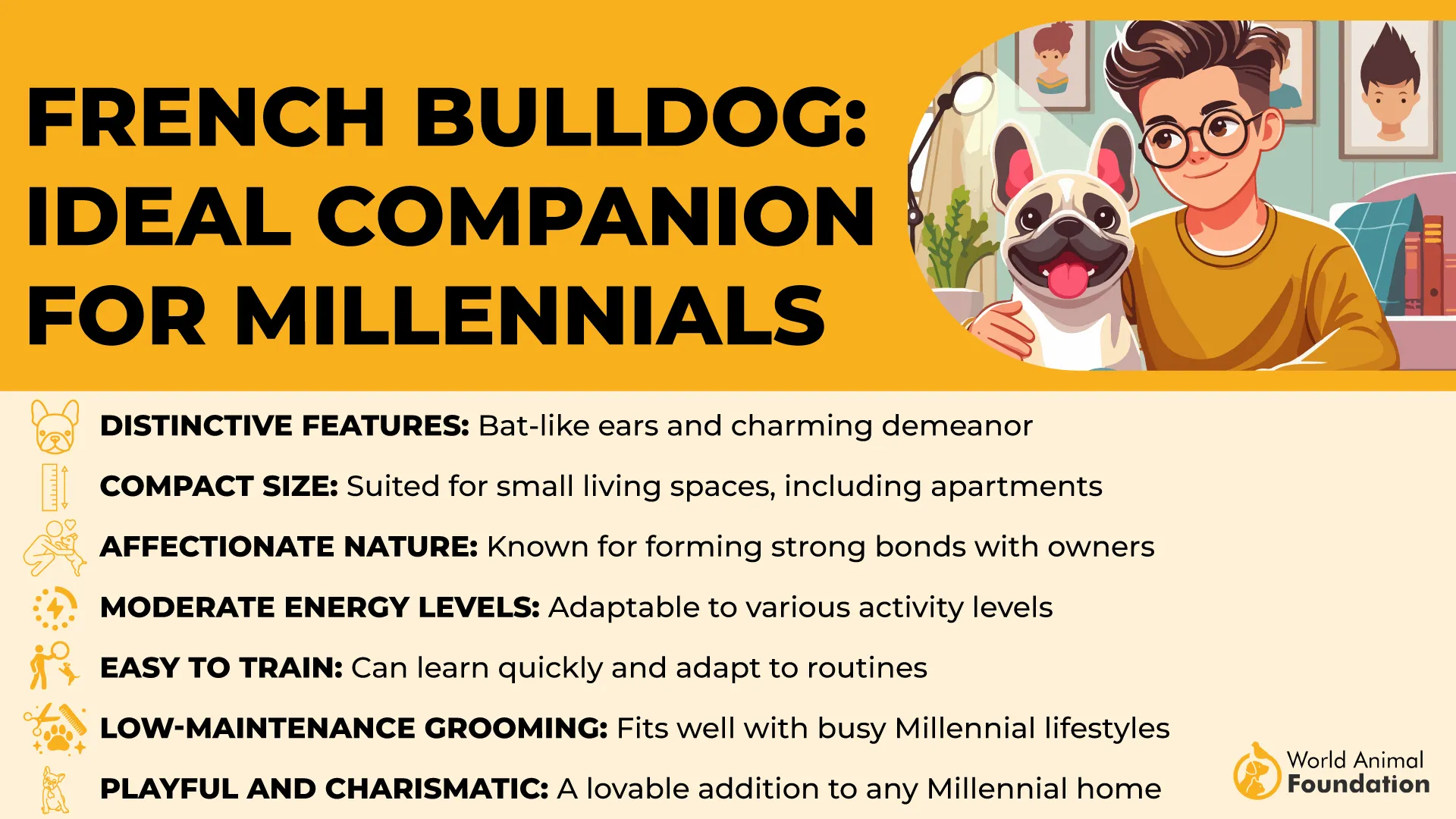
They are excellent family dogs and thrive on close companionship. With early exposure, they coexist well with other dogs and children in many household types.
Their short coat is easy to maintain, though facial folds require regular cleaning. Occasional brushing and routine ear checks help reduce skin irritation and manage loose hair.
As noted by PDSA, these dogs are prone to breathing issues and heat sensitivity. Exercise should be gentle, especially during warmer months.
Urban living suits them well, making them a popular choice for busy families and apartment dwellers. Their calm temperament and modest activity needs fit many lifestyles.
Quick Tips
Clean facial folds regularly to prevent irritation.
Avoid long walks in hot weather due to respiratory sensitivity.
Use puzzle toys for indoor mental stimulation.
3. Miniature Pinscher
The Miniature Pinscher is bold and animated, with a lively personality far larger than its small frame suggests. Known for its high-stepping gait and upright ears, it’s both stylish and alert.
Although small, this breed requires ample mental and physical activity. A lack of stimulation often results in restless or stubborn behavior.
The coat is easy to manage. Weekly brushing with a soft-bristle brush removes loose hair and helps maintain the sleek coat’s natural sheen.
As suggested by WebMD, this breed thrives with experienced pet parents who can offer consistent boundaries. It may show territorial behavior without proper early socialization.
Because it lacks a dense undercoat, it’s sensitive to cold weather and may need added protection when temperatures drop.
Quick Tips
Start socialization early to reduce territorial behaviors.
Use a snug-fitting harness to prevent slipping out on walks.
Keep indoor toys rotated to avoid boredom.
4. Boston Terrier
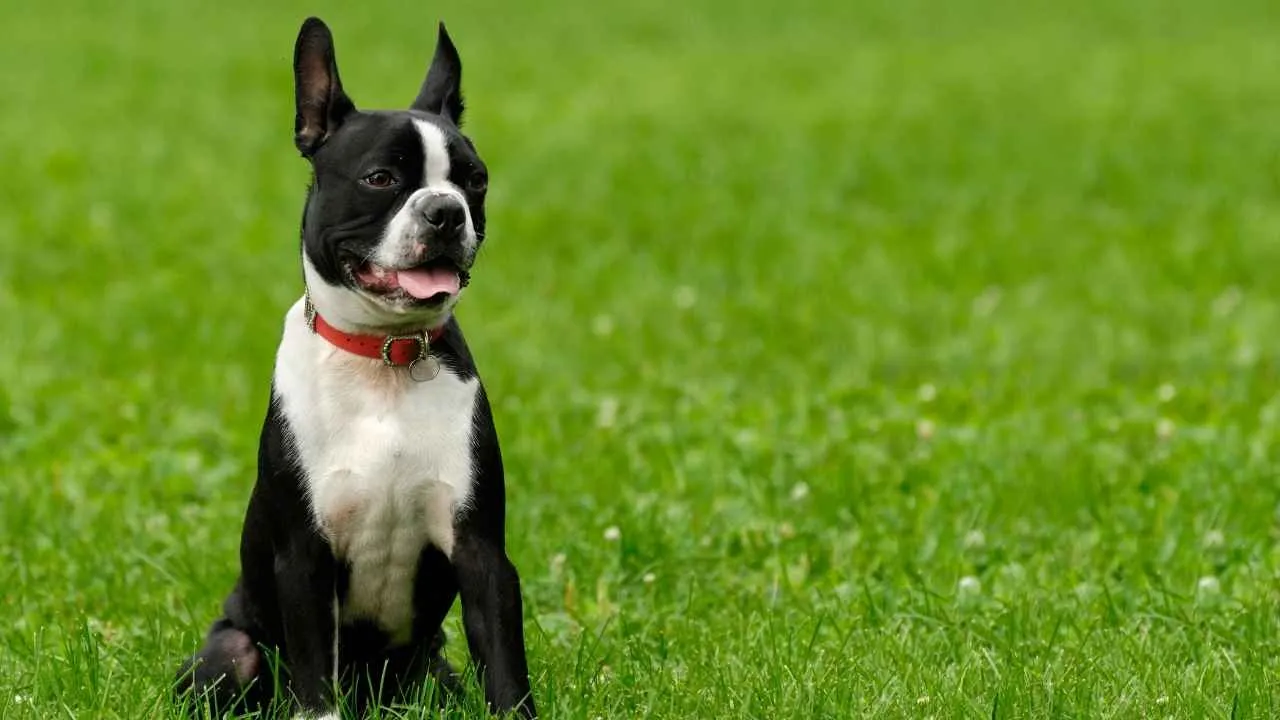
The Boston Terrier’s tuxedo-like coat and round, expressive eyes give it an unmistakably dapper look. Originally developed in the U.S., this American breed combines charm with composure.
Well-suited for apartment living, they are typically polite, sociable dogs that enjoy attention and indoor play. They tolerate other pets well when introduced early.
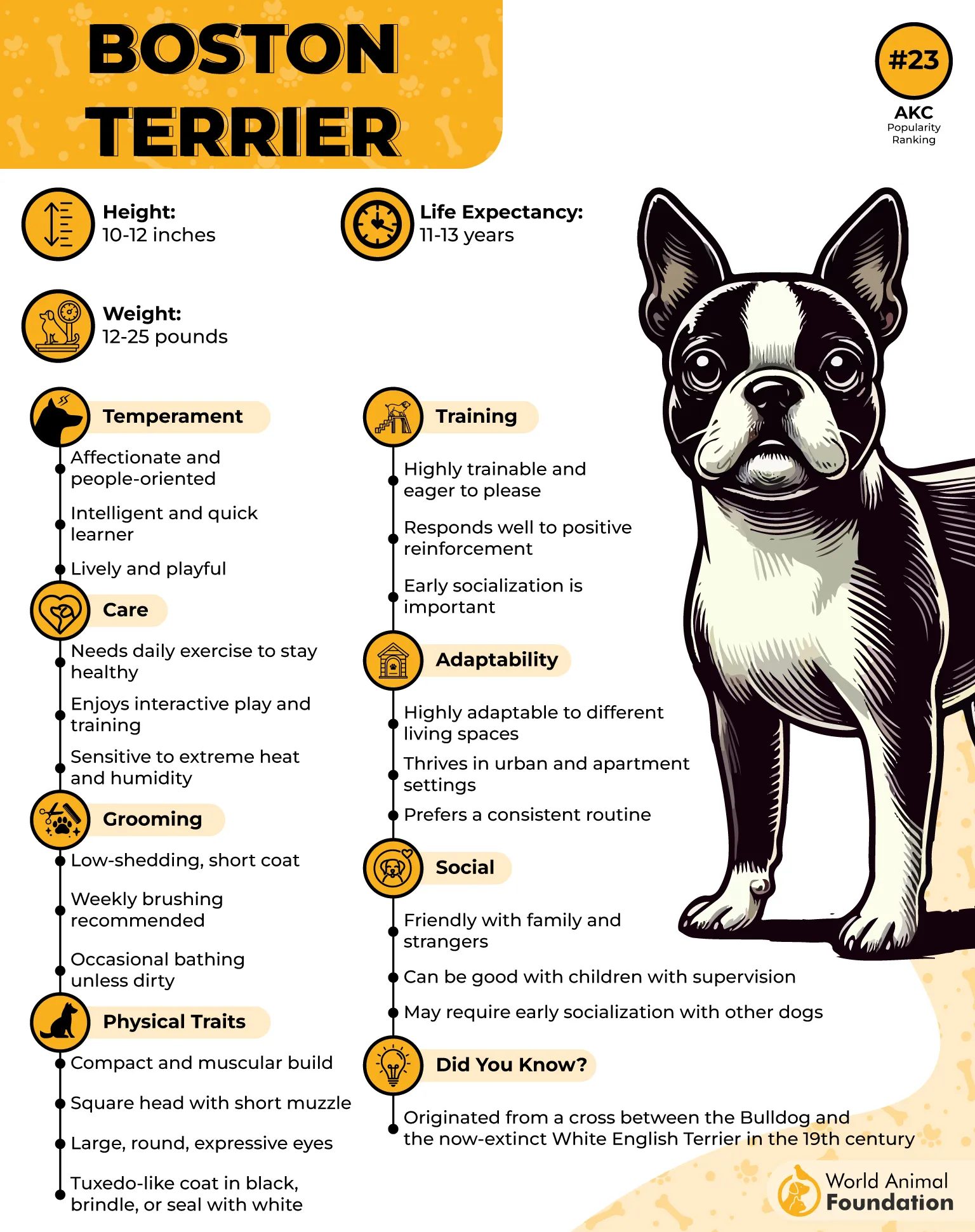
Though their coat is short and smooth, it sheds lightly year-round. A weekly brushing helps remove loose hair and keeps the coat in good condition.
As noted by AKC, they were bred as companions and remain closely bonded to their families. They are quick learners but can be sensitive to harsh tones or rough handling.
Boston Terriers are heat- and cold-sensitive due to their short snout and low body fat. Moderate climates and indoor comfort are best for their health and happiness.
Quick Tips
Use a soft brush weekly to manage loose hair.
Limit strenuous activity in hot or humid weather.
Introduce socialization early for a balanced temperament.
5. Pug
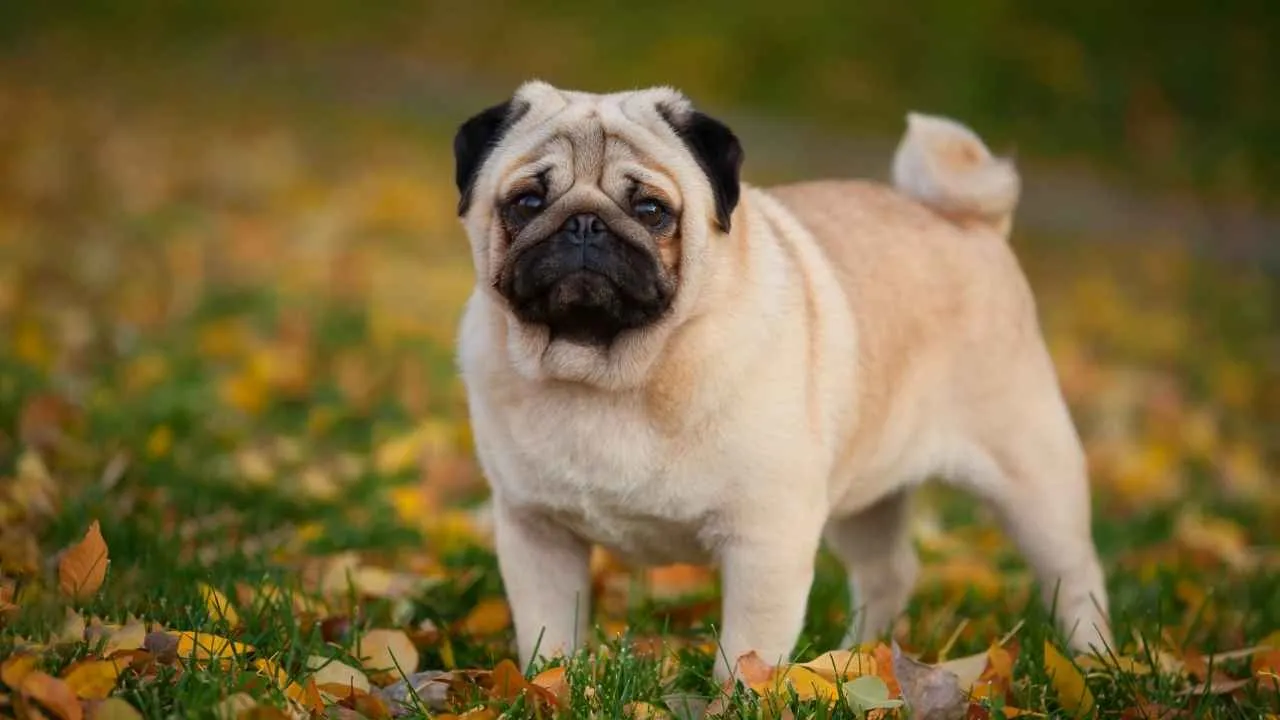
The Pug’s round face, curled tail, and soulful eyes give it a charming, unmistakable look. Its coat, often fawn or black, contrasts with deep facial wrinkles and a short, stocky build.
Originally bred as lapdogs for Chinese nobility, Pugs have long held a reputation for companionship. As per Britannica, their ancient roots in imperial China shaped their affectionate, people-oriented nature.
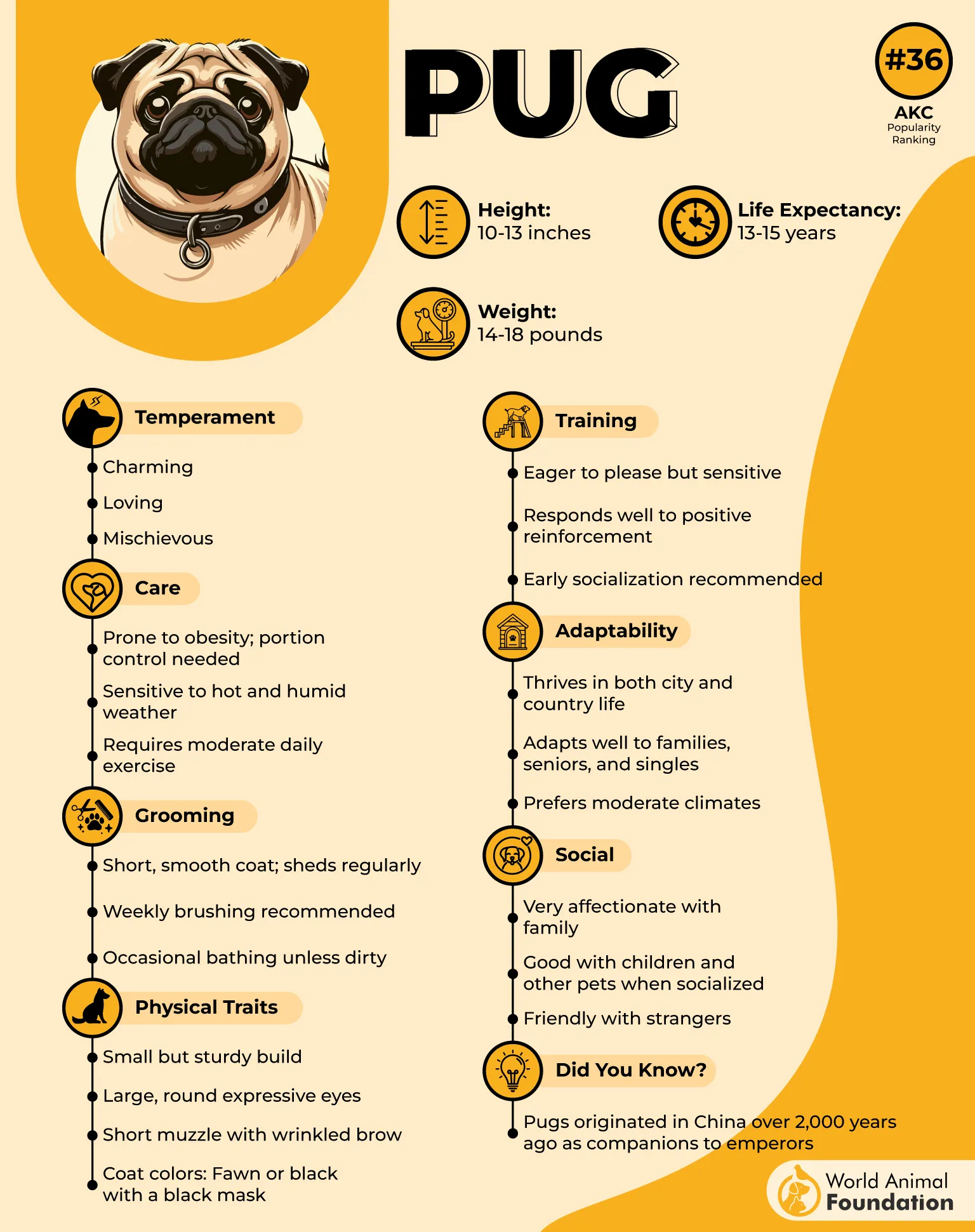
While playful, they are prone to tiring quickly due to their flat faces. Short sessions of indoor games or slow walks are usually enough to keep them active without strain.
Their dense coat sheds regularly, so weekly brushing is helpful to manage loose hair. Facial folds require cleaning several times per week to prevent infection and buildup.
Pugs are known to become closely bonded with their owners and don’t tolerate long periods of separation. They’re often happiest when included in everyday family routines.
Quick Tips
Clean facial folds 2–3 times per week.
Monitor weight to avoid breathing difficulties.
Use a harness instead of a collar for daily walks.
6. Dachshund
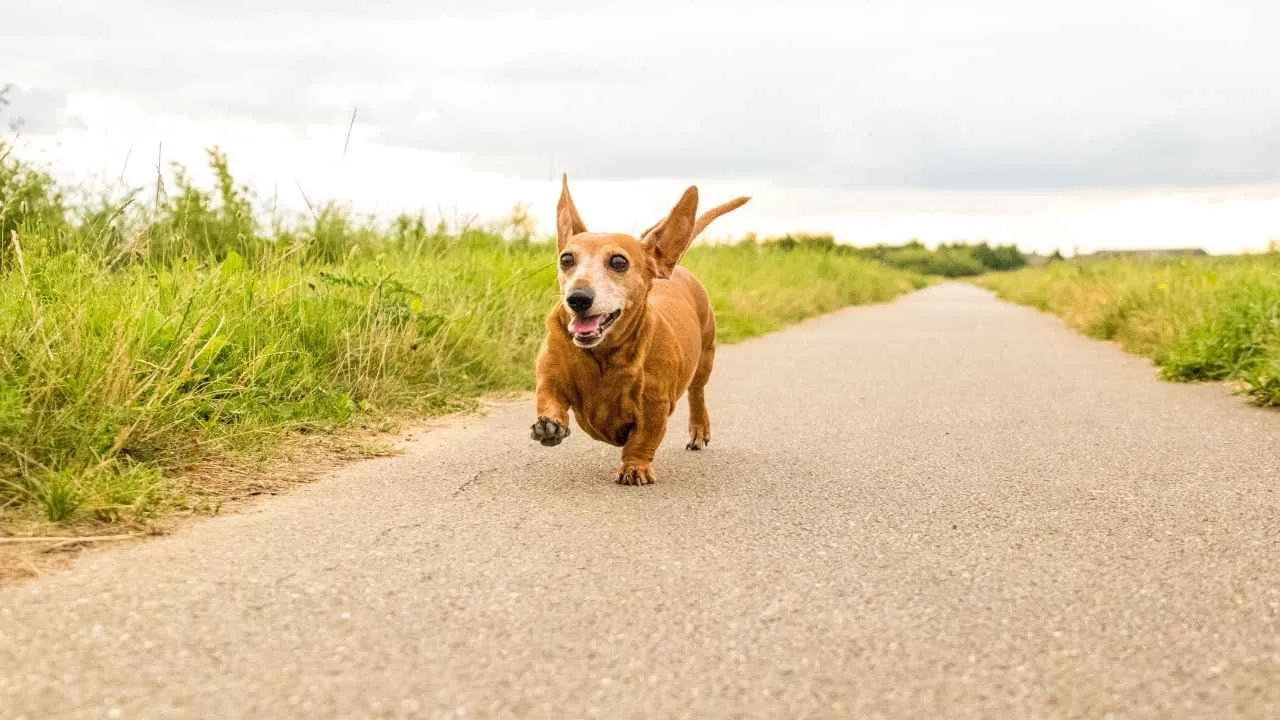
The smooth-coated Dachshund has a compact, elongated frame with short legs and a confident stance. Its dense, low-shedding coat hugs the body and highlights its streamlined silhouette.
Bred in Germany to hunt foxes and badgers, this breed retains a strong prey drive and a curious, nose-to-ground approach to exploration. Their fearless nature contrasts with their size.
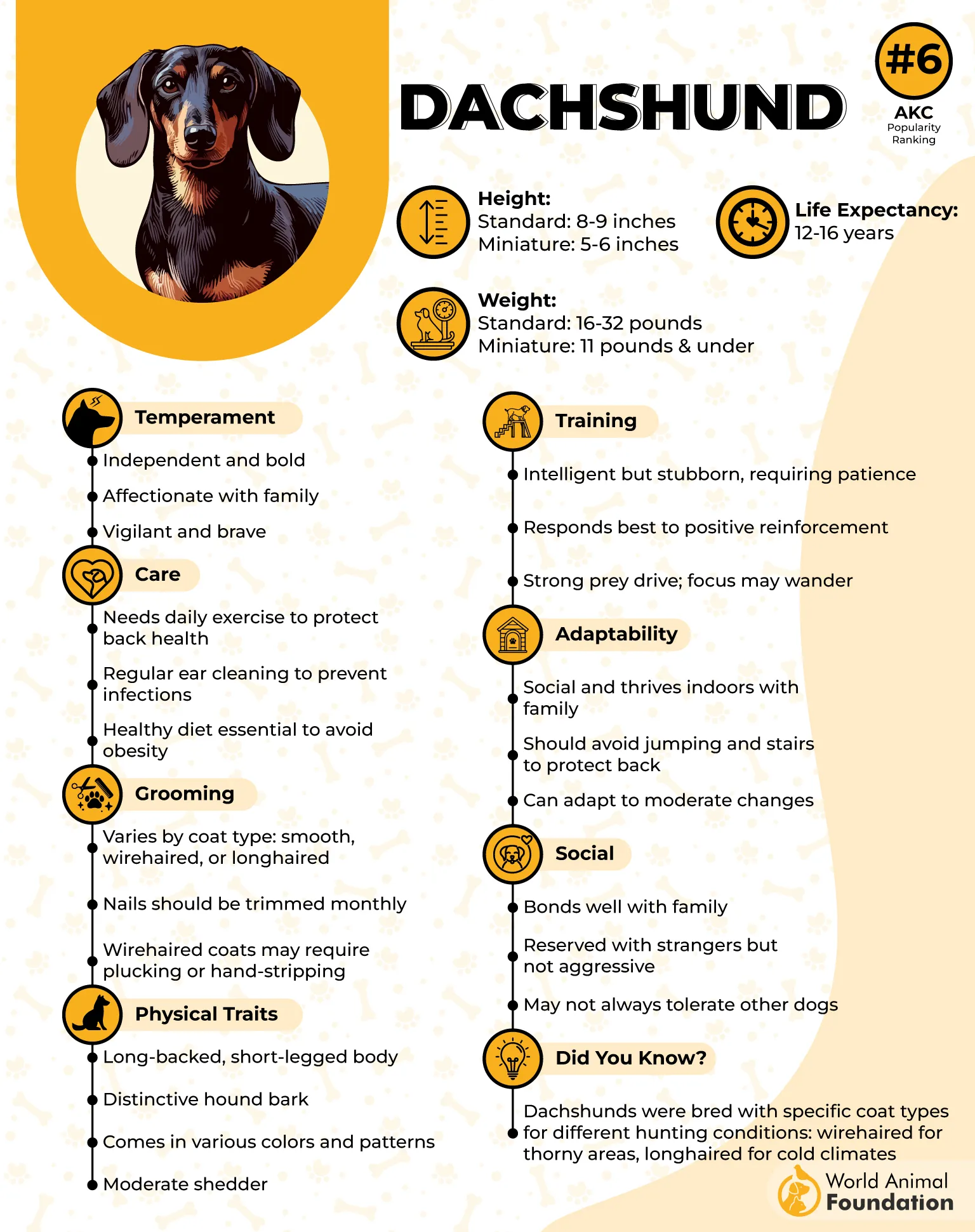
Socialization is key to balancing their independent streak. With early guidance, they can be excellent family dogs that get along well with other pets and older children.
Maintaining a healthy weight is crucial to avoid back problems. Stairs and jumping should be limited to prevent spinal strain.
The coat is easy to maintain. Weekly brushing is enough to remove loose hair and support skin health, making them convenient for pet parents who prefer short-haired dog breeds with low grooming demands.
Quick Tips
Avoid letting your Dachshund jump from furniture.
Use ramps for easier access to beds or sofas.
Brush weekly to control moderate shedding.
7. Chihuahua

Small in stature but bold in presence, the smooth-coated Chihuahua features a glossy, close-fitting coat that comes in nearly every color. Its apple-shaped head, expressive eyes, and upright ears define its iconic appearance.
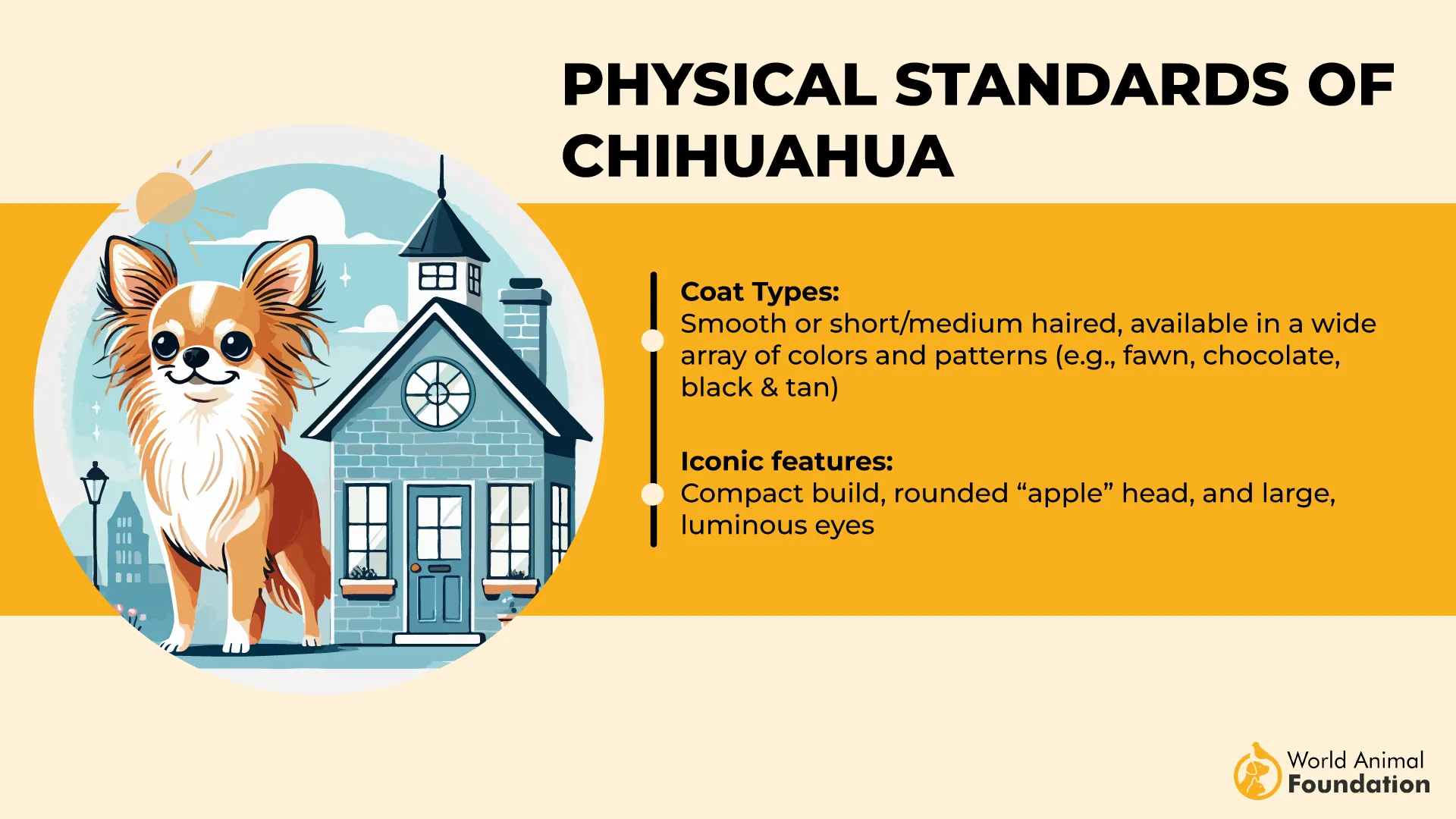
Chihuahuas are highly affectionate and often form deep bonds with a single person. Their alertness makes them sensitive to noise and strangers, which can lead to protective behavior if not addressed early.
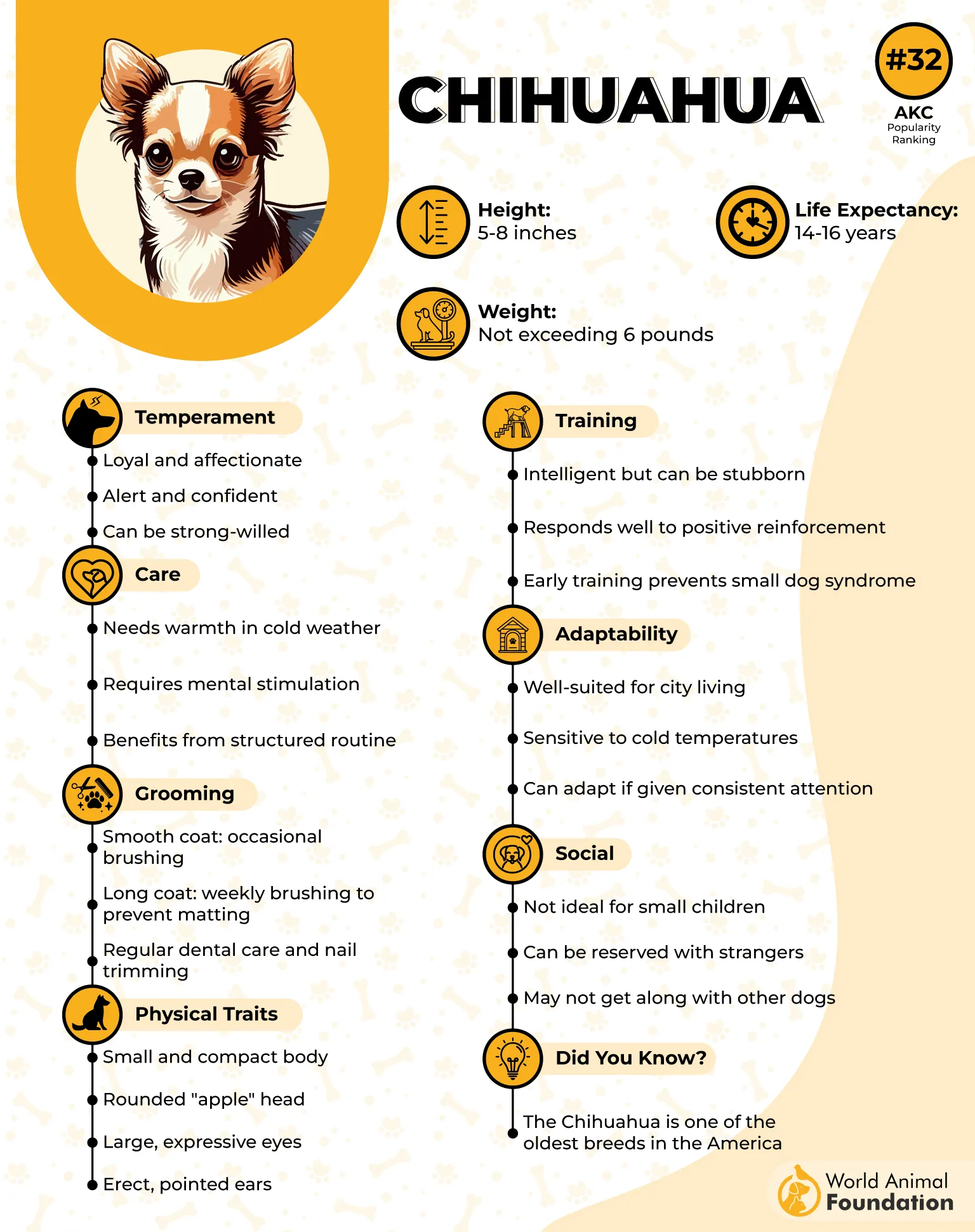
Exercise needs are light, but consistent. A short walk and brief indoor play suffice, especially when paired with mental stimulation like scent games or food puzzles.
As noted by VCA Hospitals, their grooming routine is minimal, requiring only occasional brushing to control loose hair. They do well without professional grooming and stay clean with infrequent bathing.
They thrive in adult-only homes or calm households, where they can feel secure. While sociable with early exposure, they may not tolerate rough handling from young children.
Quick Tips
Use a soft sweater during chilly weather walks.
Socialize early to reduce reactivity to other pets.
Monitor dental health, as small breeds are prone to issues.
8. Rat Terrier
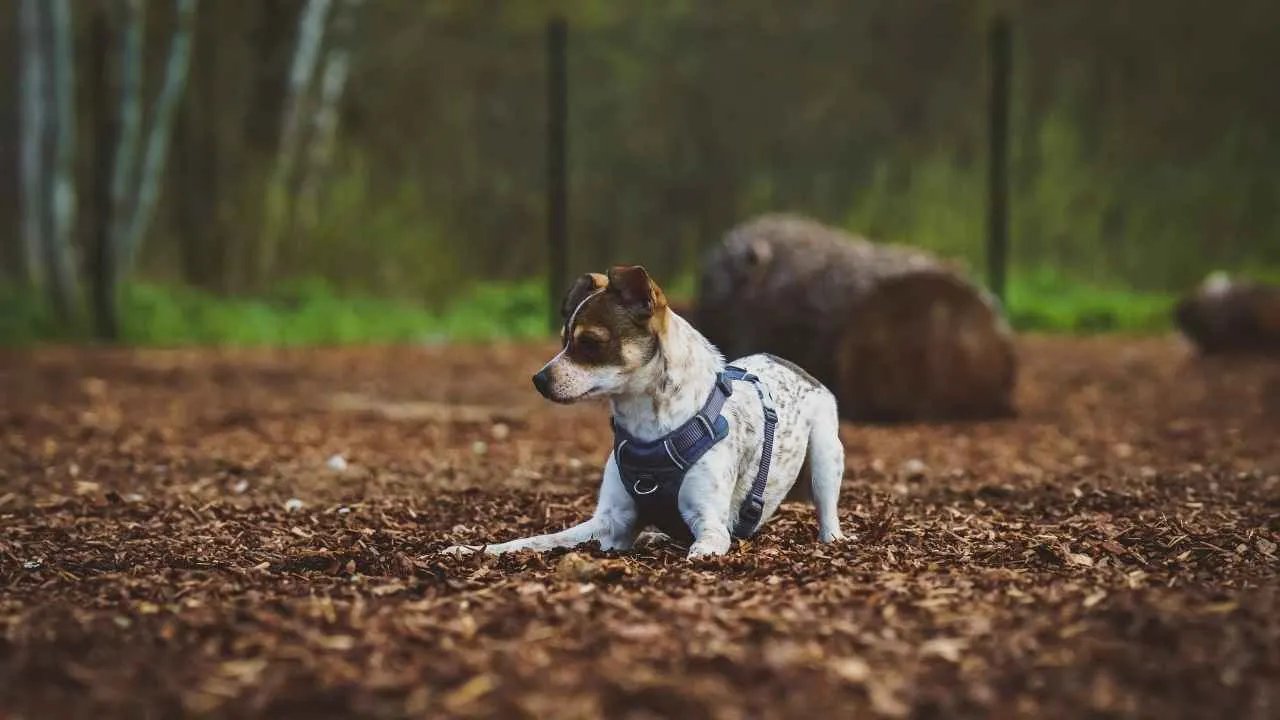
Bred for pest control, the Rat Terrier is muscular, agile, and impressively fast. It’s known for its sleek profile, short stiff coat, and distinctive markings, often including white patches across the chest or legs.
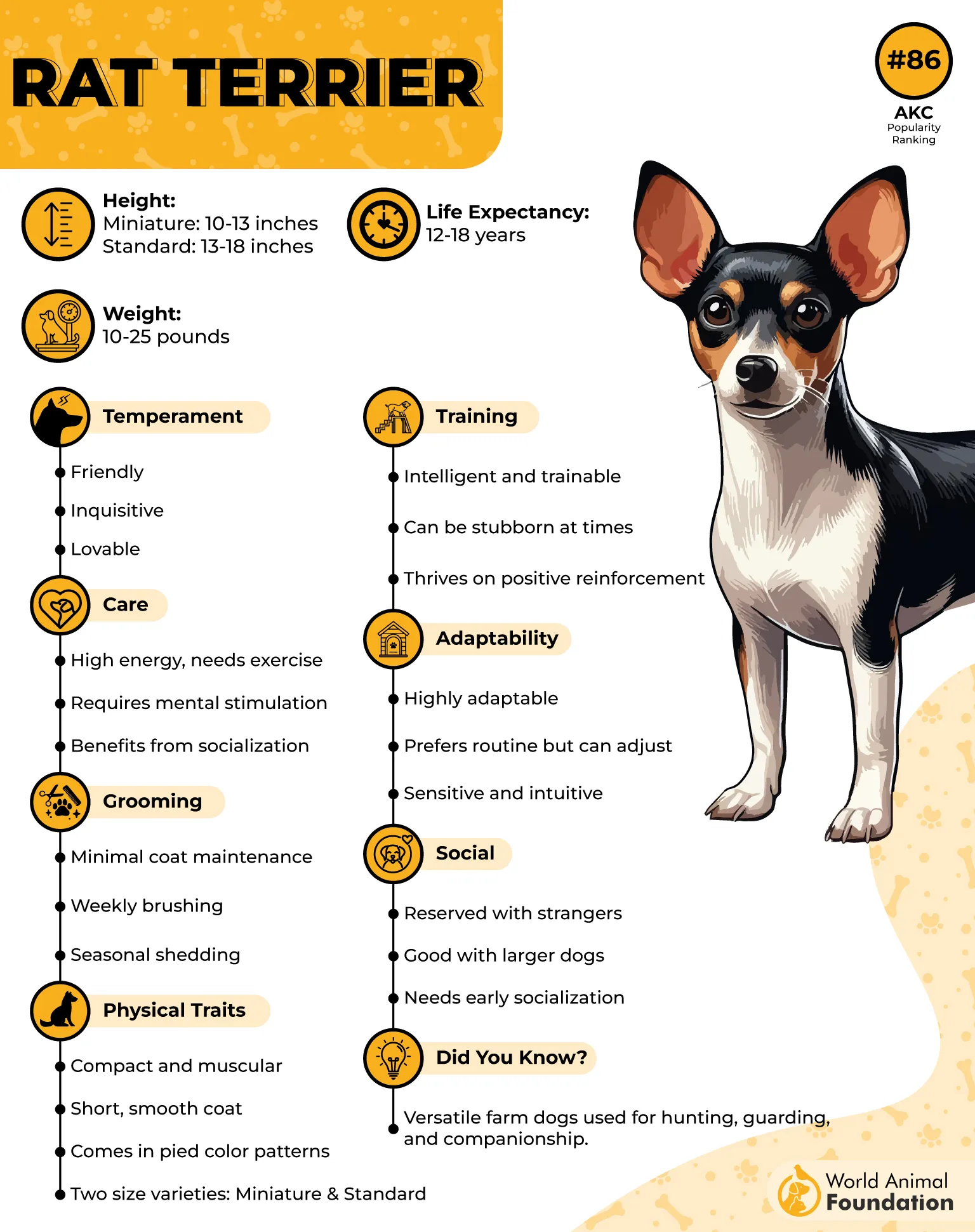
Energy levels are high and need to be balanced with routine activity. This breed excels with agility or trick training and thrives in homes that provide both physical and mental outlets.
The Rat Terrier is intelligent and independent but eager to please when properly motivated. Its adaptability allows it to fit into both rural and urban lifestyles.
Grooming needs are minimal. The short coat benefits from weekly brushing to remove loose hair and maintain a healthy skin barrier. Unlike breeds with a double coat, it doesn’t require seasonal shedding management.
Terriers are known for their digging instincts, and this breed is no exception. Fenced yards and supervised outdoor time are important, especially in areas with small wildlife.
Quick Tips
Provide puzzle toys to prevent boredom indoors.
Secure outdoor areas, as this breed enjoys digging.
Brush weekly to minimize shedding and distribute skin oils.
9. Toy Fox Terrier
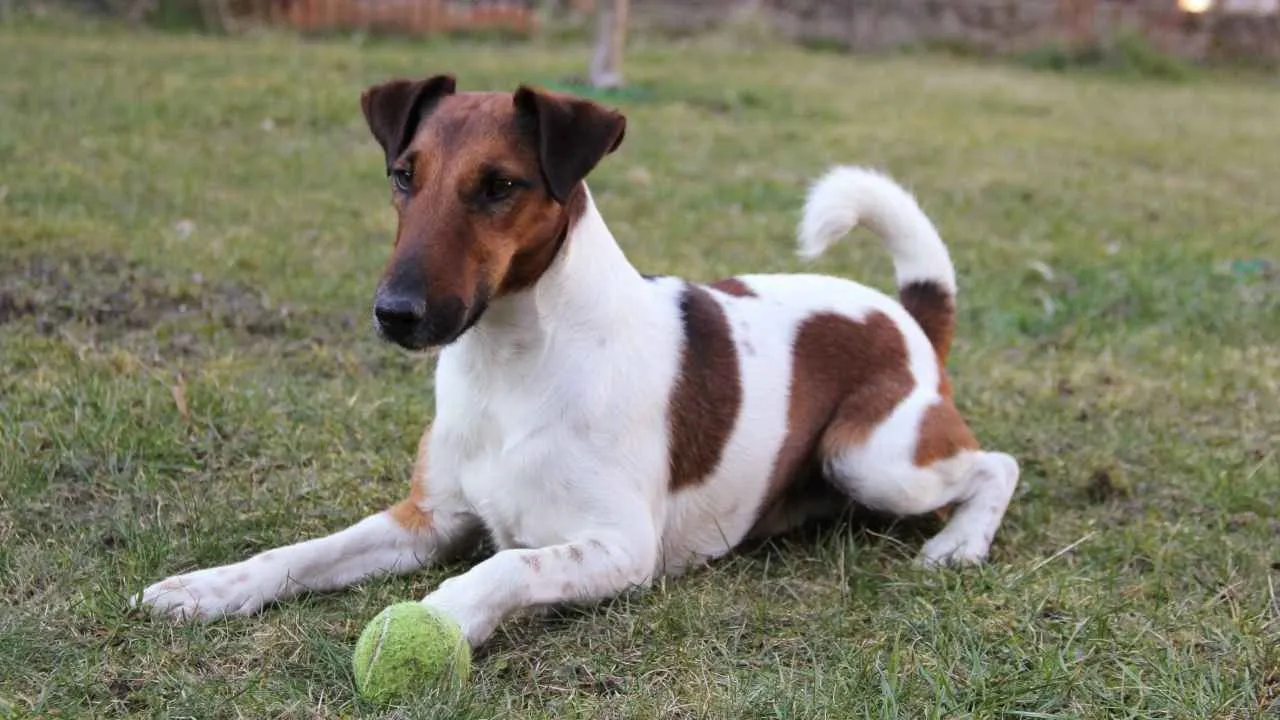
The Toy Fox Terrier carries itself with alert grace. It’s fine, short coat lies flat against its compact frame and highlights its athletic structure. While small, it is more resilient than it appears.
They’re quick to learn and respond well to short, focused training sessions. Early obedience training paired with consistent leadership sets the foundation for a stable, confident adult dog.
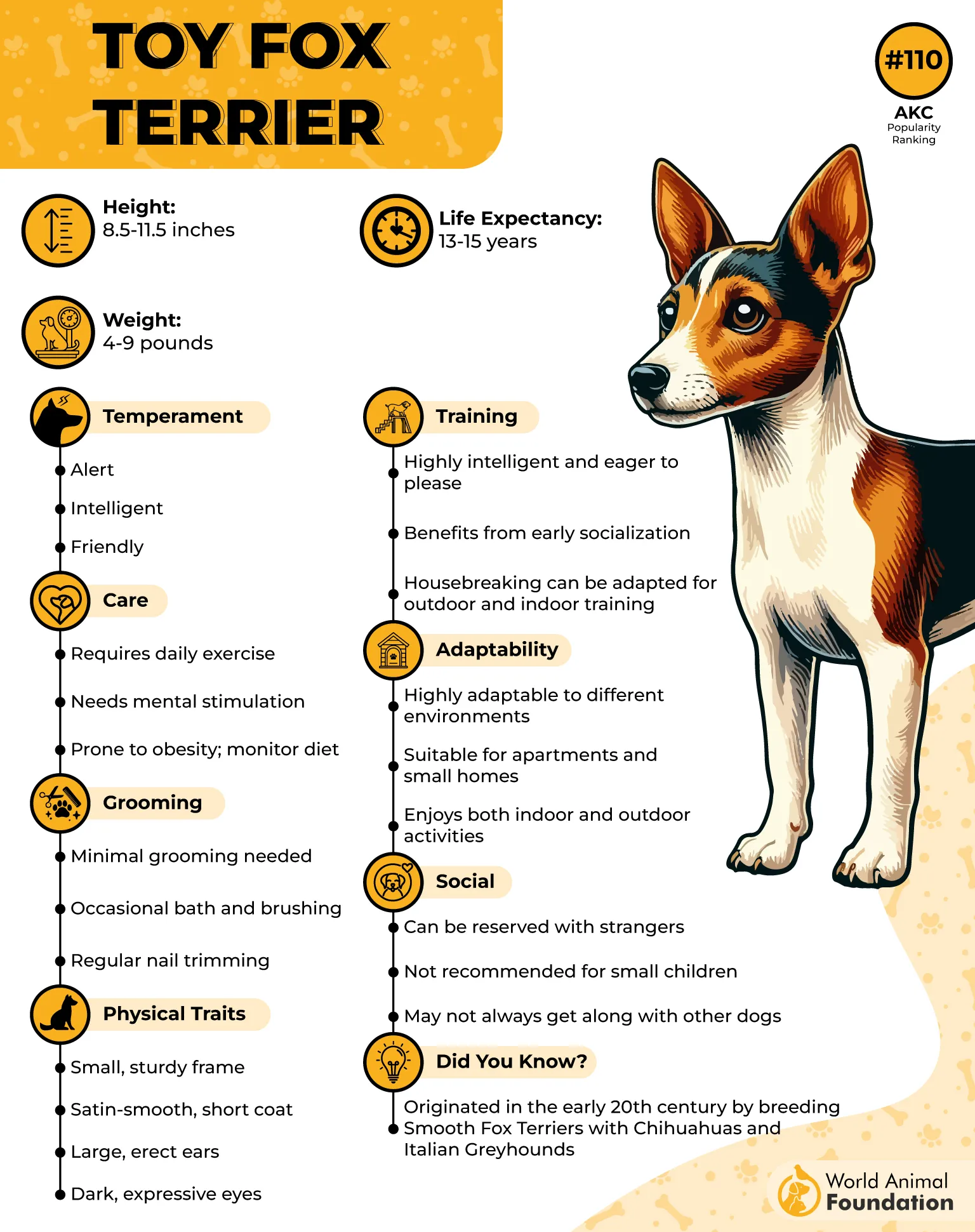
This breed is highly affectionate with family and enjoys staying close, often curling up beside its favorite person. Despite their loyalty, they don’t require constant attention and can tolerate brief periods alone.
Coat maintenance is virtually effortless. The breed doesn’t shed excessively and typically only needs occasional brushing to remove dirt or loose hair.
Although their size suits apartment life, they still benefit from regular indoor games and short walks. Their natural confidence makes them suitable for households with older children or gentle other pets.
Quick Tips
Use positive reinforcement during short, engaging training sessions.
Avoid over-pampering to prevent small-dog syndrome.
Introduce them gradually to other pets to ease transitions.
Conclusion
Short-haired small dog breeds offer an ideal mix of easy upkeep and engaging personalities. Their sleek or smooth coats reduce grooming demands, making them well-suited for busy families, apartment dwellers, and first-time pet parents alike. But grooming ease is just one part of their appeal.
These dogs bring a wide range of traits, from the playful energy of a Rat Terrier to the affectionate loyalty of a Pug. Some thrive in active households, while others prefer quieter companionship. What they share is the ability to bond deeply with their human family and adapt to various living situations.
Despite their size, many require sufficient exercise, mental stimulation, and early training to stay happy and well-mannered. With thoughtful care and attention to their specific needs, short-haired small dogs can be exceptional companions. Whether you’re looking for a bold personality or a gentle friend, there’s a breed ready to fit your lifestyle.


